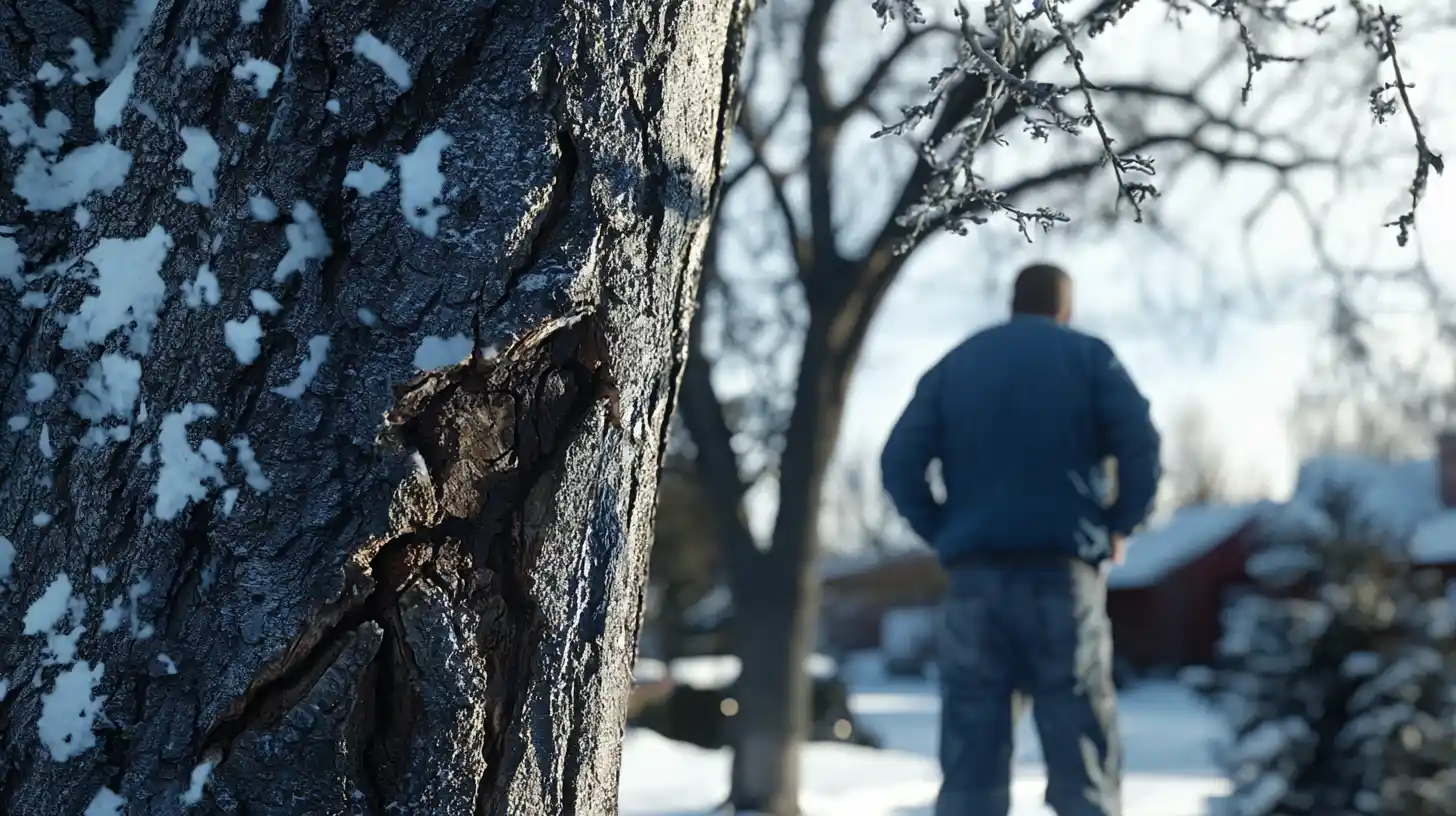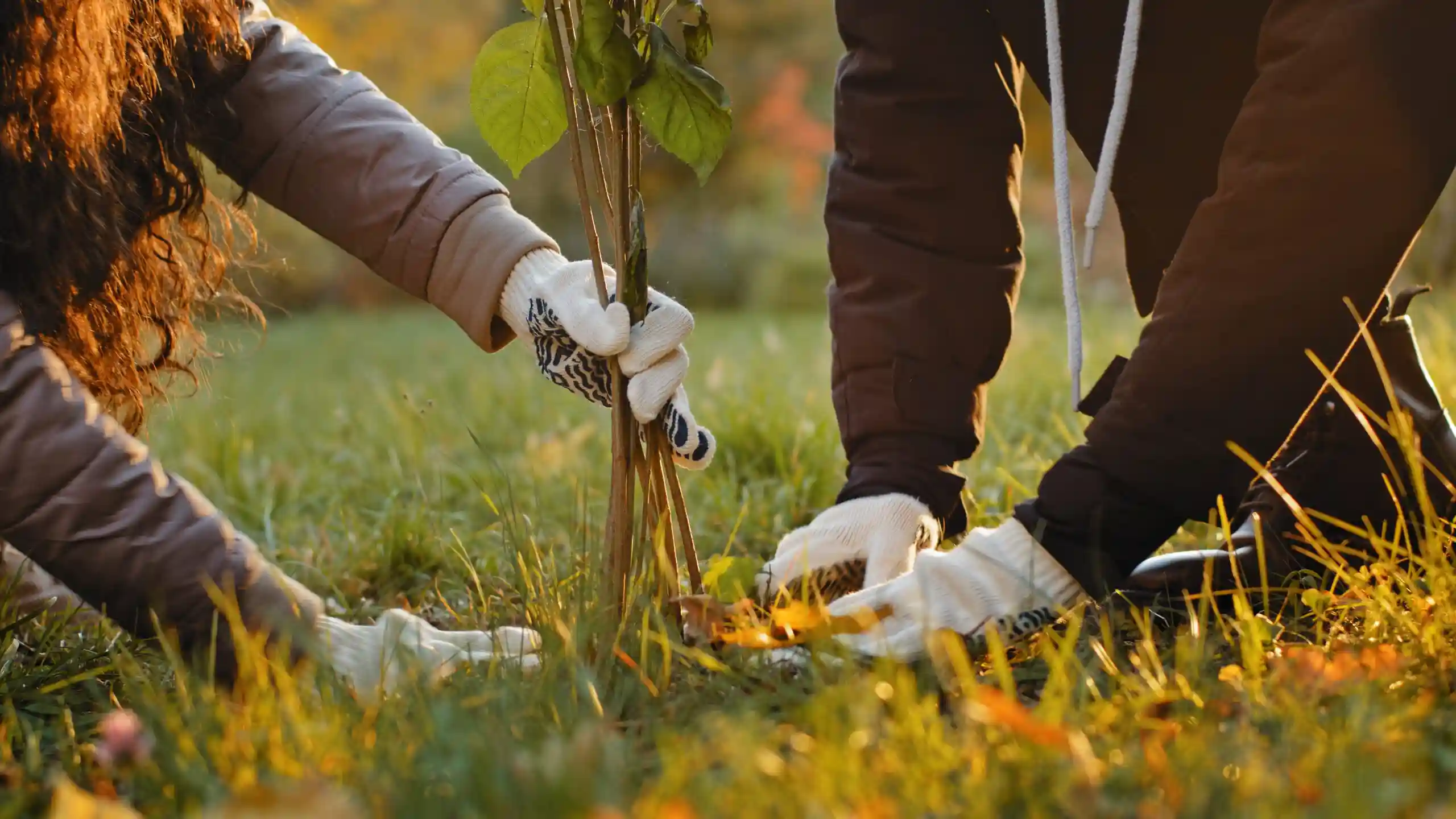Have you ever taken a moment to appreciate the beauty and importance of trees? They are not just tall and leafy structures that dot our landscapes; they play a vital role in our environment and our lives. In this article, we will explore the many advantages of trees, as well as some of the challenges they face.
The Benefits of Trees
Trees offer a multitude of benefits that often go unnoticed. Let’s take a closer look at some of them:
1. Oxygen Production
Did you know that trees are oxygen factories? Through the process of photosynthesis, trees absorb carbon dioxide and release oxygen into the atmosphere. This vital exchange helps to keep our air clean and breathable.
2. Environmental Protection
Trees act as natural filters, absorbing harmful pollutants from the air and water. They help to reduce air pollution, control soil erosion, and prevent water runoff. By doing so, they contribute to the overall health of our ecosystems.
3. Climate Regulation
In a world grappling with climate change, trees are our allies. They absorb carbon dioxide, one of the main greenhouse gases responsible for global warming, and help to mitigate its effects. Additionally, trees provide shade, which helps to cool urban areas and reduce the energy needed for air conditioning.
4. Biodiversity Support
Forests are home to an incredible variety of plant and animal species. By preserving and planting trees, we can protect habitats and support biodiversity. Trees provide food, shelter, and nesting sites for countless creatures, contributing to the delicate balance of our ecosystems.
Challenges Facing Trees
While trees are incredibly valuable, they also face a range of challenges that threaten their existence. Here are some of the key challenges:
1. Deforestation
Deforestation is one of the most critical issues facing trees today. Trees are cut down at an alarming rate to make way for agriculture, urban development, and logging. This loss of trees has devastating consequences for our environment, including habitat destruction and increased carbon emissions.
2. Climate Change
As the climate changes, trees face new challenges. Rising temperatures, changing precipitation patterns, and more frequent extreme weather events can all impact tree health and survival. Some tree species may struggle to adapt to these changing conditions, putting them at risk.
3. Pests and Diseases
Trees are susceptible to a range of pests and diseases, which can have devastating effects on their health. Invasive species, such as the emerald ash borer and the pine beetle, can quickly decimate tree populations. Disease outbreaks, such as Dutch elm disease and chestnut blight, have also caused widespread tree mortality.
4. Urbanization
The expansion of cities and urban areas often leads to the loss of trees. As land is cleared for development, trees are removed, resulting in reduced green spaces and habitat fragmentation. Urbanization also puts additional stress on trees through pollution, soil compaction, and limited access to resources like water.
Trees are invaluable to our planet and our well-being. They provide us with oxygen, protect our environment, regulate the climate, and support biodiversity. However, they face numerous challenges, including deforestation, climate change, pests and diseases, and urbanization. It is crucial that we recognize the value of trees and take action to protect and preserve them for future generations. Follow us on Instagram



